What will you need to implement on your website before it goes live?
Well Researched Keywords (Aka Targeted Keywords)!!!!!!!!!
These keywords are the fundamental layer of any SEO strategy when trying to improve traffic to a website from search engines. Look at your website structure, analyze the pages you will like to rank on search, implement the keywords properly to your title tags, description and page content, traffic from search engines will start to improve over time as you get the gist.
In order to get the best results and actually send people to your website who are searching for your products or services, the biggest challenge will be applying the right keywords relevant to your industry and link them to captivating content that will bring conversions and leads your way.
If you think you are stuck, you can research and find unlimited strategies to get more targeted traffic in your niche to your content. The best thing about this, you will be getting traffic that will convert on your website. And that really the end goal for most marketers.
To get you going with your keyword research and implementation, lets examine these 8 strategies that I've applied over and over again with success;
1. Research Branded Targeted keywords
Getting the right keywords for your website is the most important step in improving your targeted audience. Researching keywords over time and settling on the keywords that work best for your brand and connecting these keywords to the type of content your audience will enjoy.
Identify and research your closest competitors and see what the top ranking websites are doing in your niche. Use SEO tools to research the Meta Title and keywords within the competitors site to see how they have implemented their content and keywords.
To get started with your keyword research, you can use tools like Ahrefs, SEMRushand a free tool you can start using right away is Google Search Console, (webmaster tools) sign up for free and see what keywords people are searching for when they find your site. With Google search console, you can identify some of the best keywords that drive traffic to your site.
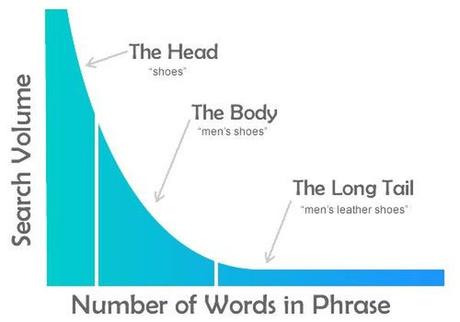
Focus on relevant long tail keywords to be more specific and it also helps with precise targeting on the page you'll like to rank. It's better to have a small flow of traffic that is targeted and will eventually convert and reach your goals, than to have a heavy flow of worthless web traffic to your website.
Tip: From the very first keywords you decide to use, you'll need to get straight to the point with your selections and apply them on the right focused pages. If your selling "High Top Shoes" - You can focus on long tail keywords that drive traffic to the specific page, where the searcher can find your offered product.
Differentiate the shoes your selling by add more relevant keywords like; "Mens Brown Shoes with High Tops" "Mens High Top Brown Shoes with Side Zipper" etc. You are better off competing with this low search volume for your exact matches and people actually searching for those keywords.
2. Perform A/B keyword Testing On Selected keywords
Before your implement keywords, you should do A/B testing to see which keywords perform better. Carry out an A/B testing on a wide range of the well research targeted keywords. I will also recommend using Google Adwords to run short campaigns with your selected long tail keywords and see if you get impressions or clicks to your landing page.

There are several conversion goals you can target to improve your A/B testing. Some goals you can focus on should include:
- Increase Sales
- Get More Click Through Rates
- Increase Brand Awareness
- Lead Generation
Tip: As you run your A/B testing with Adwords, avoid "broad match types". Also add a few negative keywords to help reduce budget waste and make sure not to block your main keywords in the process.
3. Eliminating Non-performing Keywords
Some Keywords drive traffic to your website that includes your keywords but will not convert, this are known as non-performing keywords. These keywords instead increase your bounce rate and with less engagement. Find out how long visitors are staying on each page and divide that with specific keywords, this will help eliminate the wants that have no value.
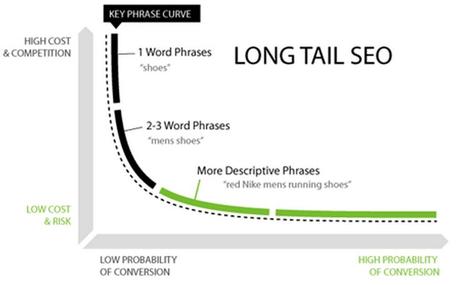
This way you can tailor content to suit the audience that actually stays and engages with your content through those targeted keywords. It is important to know that the people getting to your page are being deposited to the relevant content - if not they will leave within a few seconds.
Tip: Avoid creating long contain just for the purpose of it. Make sure every single page you optimize contains information that will help the searcher understand or utilize your page more efficiently. This will also increase your site's authority by content and make it rank high in search.
4. Keyword Quality Content
Do not stuff your keywords within your content, instead implement your keywords naturally into your content. For any valuable content you present, it has to be readable by humans with the keywords you use, the search queries should also closely relate to the content being presented to your visitor, so they are totally in sync with your content.
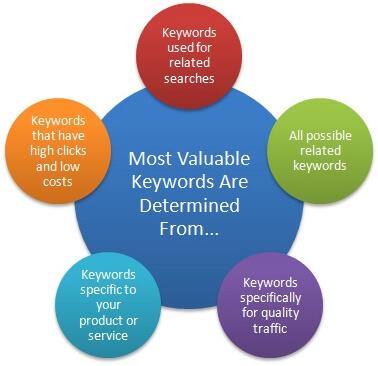
Tips: Keywords can't produce the same results you might've imagined 10 years ago, but you'll need it to rank your website on search engines. Naturally integrate your keywords into the targeted content and build links that will focus on those particular keywords on that page.
5. Implement SEO Basics On Page Content
This goes without thinking, you'll need to apply on-page targeted content keywords, this will include; Titles and Meta tag descriptions for your website pages.
Your keywords should be in both the H1 and H2 subheadings/H3 heading for lower relevance within your content, this will help improve the page's visibility and content specification. If implemented well, this will get you the best possible value for your website visibility and rankings on search engines.
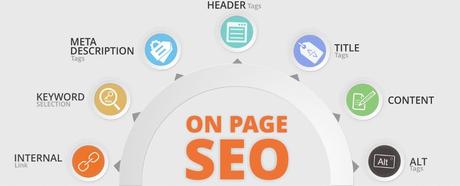
Tip: Keep your title tag and description character lengths according to Google's recommended count. Titles should be 60 characters and meta descriptions at 160 - 170 characters.
6. SEO Keyword Strategy + Revenue
Use software tools to measure your ROI. This is mostly used to estimate your time value and resources used to research and create your content strategy.

Use CRM tools and marketing automation platform to publish and distribute content, can give you insights on how your SEO is performing and how much revenue is attached to your efforts.
Tip: Tools like Aweber and Drip can greatly help you measure your content performance and monitor your content flow to your audience through your funnel.
7. Keyword Strategy + User Intent
Campaigns are mostly setup by marketers for the purpose of generating revenue or generating leads that will eventually contribute to their clients bottom line.
As for creating content for your projects, you'll have to make your content match your user intent. This will help you connect your content to better generate revenue from organic search without going through a whole sales funnel system.
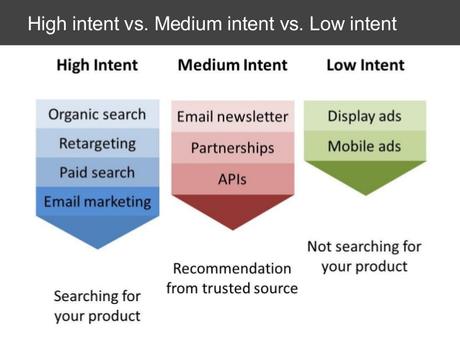
Some search engine queries make it possible for you to estimate user intent, where you can see most searches people use to find similar content like yours.
Some broad examples of user intent include the following:
- Visitor ready to Buy: People who are looking for a specific product or service and will want to purchase what they find almost immediately.
- Visitor is Engaged: This are people who go online searching for certain information
- Visitor is Researching: People searching for a certain website, using particular keywords of reference for research.
In your funnel, you'll have this flow as - people researching, engaged with your content and people ready to buy.
As you will see when you start researching your user intent. You'll find out how information and transaction user intent are both broad categories so you will need to reorganize these keywords into other categories.
Tip: Organizing keywords into sub categories can help you better understand user intent around a topic, which in turn will help you create the right content for this audience with the intended targeted keywords.
8. Keywords Are Still Very Valuable (Just do more segmentation)
Before all the penalties and algorithm changes Google has made to improve their business, you could rank well for keywords you hardly had to spend days researching.
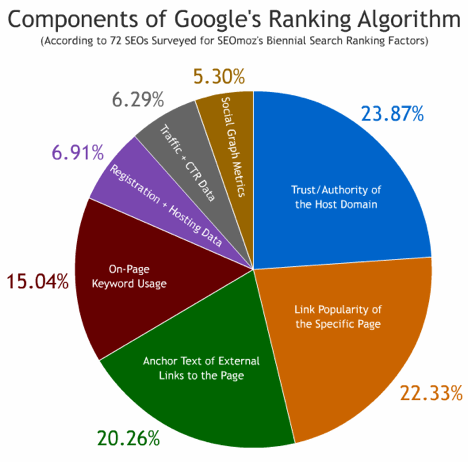
Now, it's tough. If you don't have a proven strategy like; creating a good keyword ranking strategy and optimizing for a group of keywords that can help you structure your online business, you will mostly fail.
Tip: If you do your segmentation well, Google can better understand your site's purpose, and can help you indirectly target more niche buyers who are searching for your product or service.
(This is perfect for local SEO) if you're using the right keywords to target a particular phrase within your location that has a large search volume for those keywords.
Conclusion
As you can see from this strategies, the end goal is to grow your business on search engines like Google, focusing on the keywords that connect with the type of audience you'll like to attract. This way, you're creating content that can help this target audience solve a problem, understand your business better, get help or simply buy what you're offering on your website.
If you have any points to add, please leave a comment or contact us

